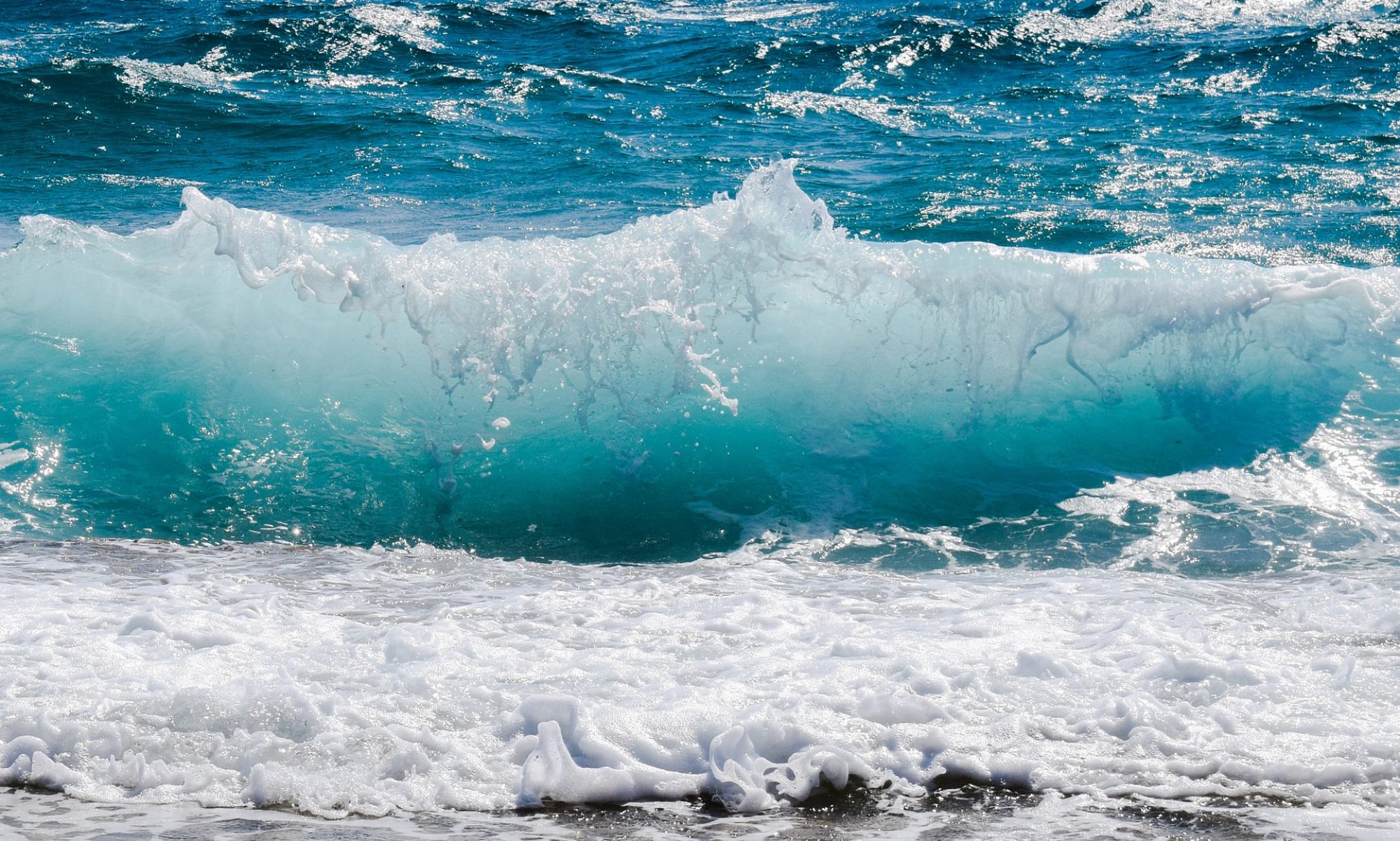Sea Aid is a project carried out by 6th year Secondary School students which addresses the problem of waste in the oceans. As is widely known, marine pollution is becoming a bigger problem every day, with between 8 and 12 tons of plastic being thrown into the sea per year.
Next, I share the investigation about the project and what is known about it till this day.
Our idea:
The choice of the problem arose from a talk we had at school by two professional divers, who told us how, when diving, they have mesh bags which they use to collect the garbage that they find during the exploration.
As a result, we started to think about how we could optimize this collection time in order to collect more plastics in less time.
We proposed a more automated solution which could be carried out on a larger scale without requiring so many people. We concluded that the best way to do this was to directly prevent waste from entering the ocean.
For this, we created a device that will be in charge of collecting garbage found on the coast by using a claw. Moreover, it is programmed to move away from the sea if it is close to it with the help of a proximity sensor.
Explanation of the project and prototype:
